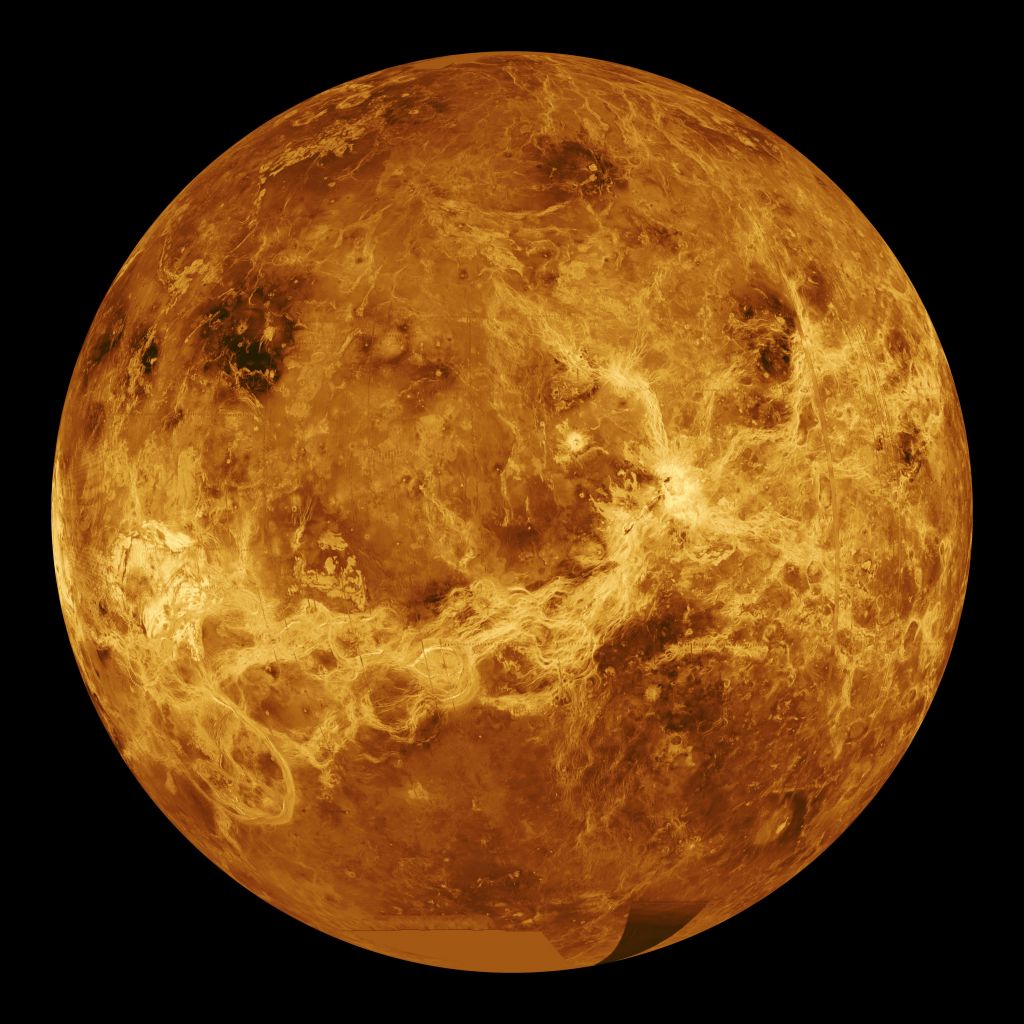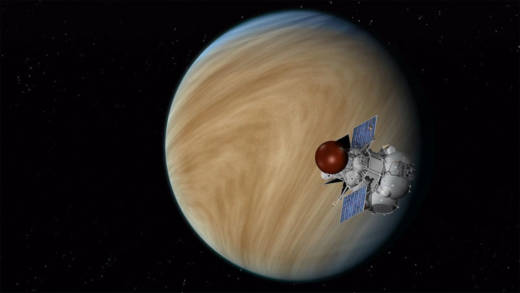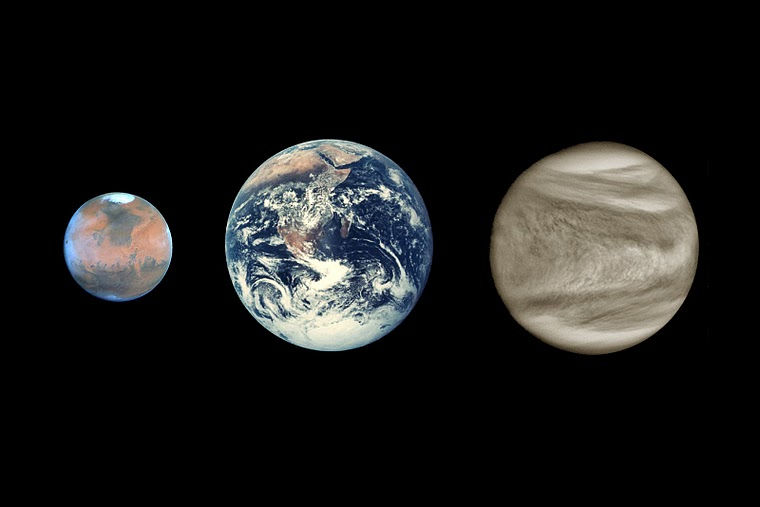Despite ongoing political tensions between the United States and Russia, the stage is set for a new collaboration between the two countries’ space agencies on a groundbreaking mission to explore the planet Venus.
In late January, a team of Russian and U. S. scientists delivered a report to both NASA and the Russian space agency that outlines how our two countries can work together on a Russian mission, Venera-D, already in development.
Both space agencies share a similar scientific curiosity about Venus and possess valuable expertise in robotic spacecraft and planetary exploration that can be of great benefit to the mission.
Venera-D
The Venera-D spacecraft is planned for launch sometime around 2025. The mission is set to include an orbital robotic spacecraft that will map Venus’ surface using more powerful radar imaging techniques than in the past two missions. Both countries sent spacecraft to map the surface in the 1980s.

The mission will also include a robotic lander able to withstand the searing, high-pressure environment on Venus’ surface for a longer duration than past landing missions. The 1982 Venera 13 lander is the current record-holder: it survived for 127 minutes before succumbing to the extreme surface conditions.

Another idea being explored by the joint Russian-U.S. team is a solar-powered, dirigible-borne robot that would float around in Venus’ upper atmosphere for up to three months, analyzing the atmospheric composition and weather and the planet’s surface below.

